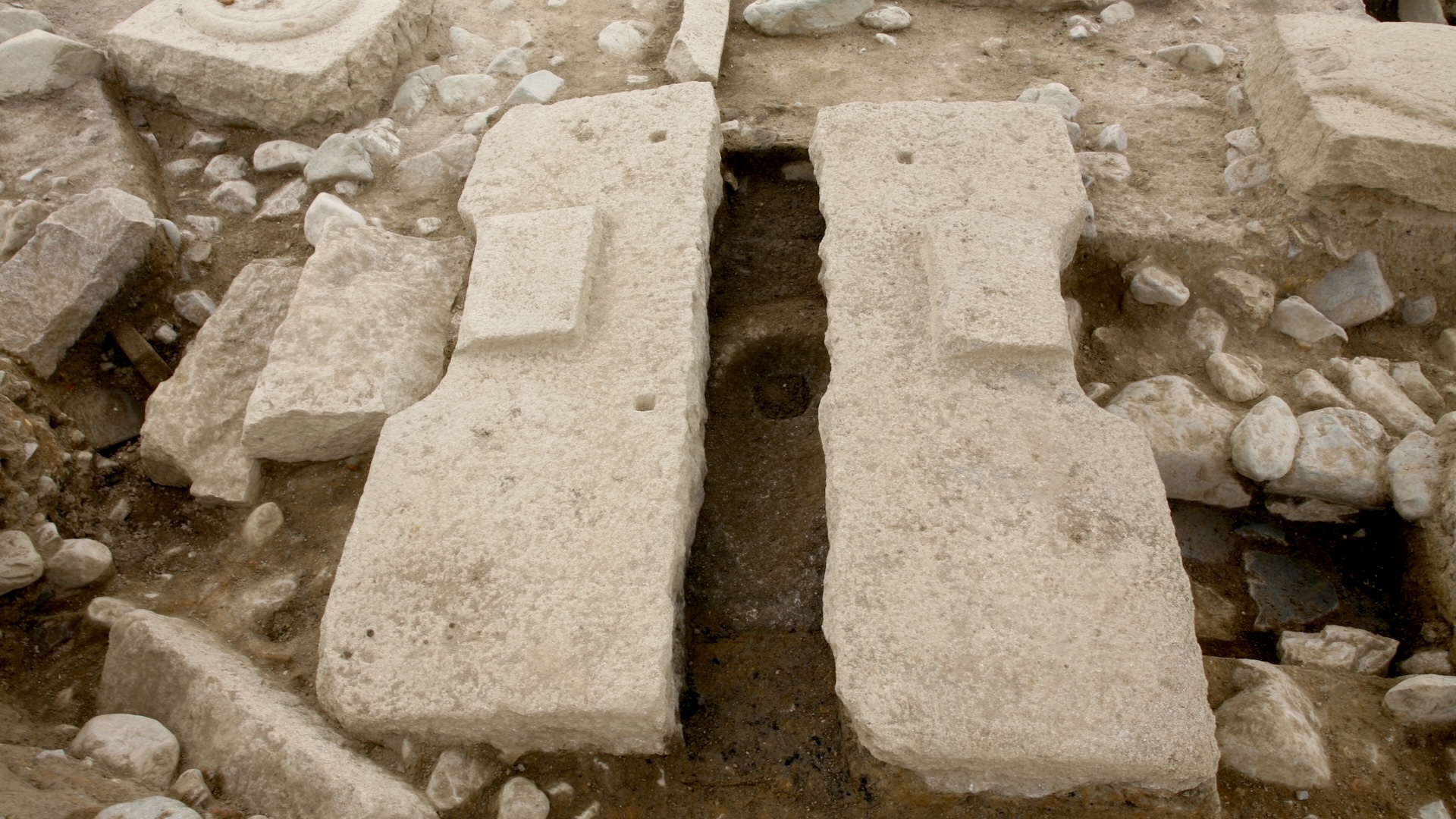www.popsci.com
The archeological find appears to include three separate construction phases. Credit: Deposit PhotosShareThe Great Wall of China wasnt a single construction project, but rather a series of defensive and border fortifications linked over hundreds of years under the direction of multiple royal dynasties. Recent archeological discoveries in the nations Shandong Province, however, have pushed back the engineering marvels start date by around 300 years.The excavation project took place between May and December 2024, and encompassed roughly 1,100 square meters (0.68 square miles) in Guangli, a village located in the Changqing district of Jinan. Using optically stimulated luminescence (OSL) along with carbon dating, researchers analyzed traditional artifacts as well as plant silica and animal bones to better understand the scope of the Great Wall sections construction and what life was like at the time. Archeological finds included roads, residential foundations, trenches, rammed-earth structures, sloping banks, ash pits, and building walls erected during various stages of development.Zhang Su, project leader from the Shandong Provincial Institute of Cultural Relics and Archaeology, explained in a statement that the site appears to be divided into three phases. The first two are earlier endeavors, with 10-meter-wide walls possibly dating as far back as the Zhou Dynasty during the Spring and Autumn Period (1046-256 BCE). A third section built at the Qi dynastys apex during the Warring States Period (475-221 BCE) is the best preserved, and highlights how more advanced engineering strategies allowed workers to expand walls as wide as 30 meters.Speaking with the Global Times earlier this week, Chinese Society of Cultural Relics member Liu Zheng described the discovery as the earliest known Great Wall in China. Get the Popular Science newsletter Breakthroughs, discoveries, and DIY tips sent every weekday. By signing up you agree to our Terms of Service and Privacy Policy.Archeologists also found valuable information beneath the Great Wall itselftwo residences from the Zhou Dynasty at the northern excavation area. Featuring square foundations and rounded corners, the remains are consistent with semi-subterranean homes of the time period, and imply the region likely featured a tiny settlement prior to construction efforts, possibly related to defensive river positions. Finally, the project also matched evidence 1.5 km north of the Great Wall to Pingyin City, a community mentioned in many ancient historical texts.The layout, location, and associated infrastructure of the Great Wall of Qi reflect the advanced military planning and strategic responses of the Qi State to external threats, Zhang explained, adding that Its close connection to Pingyin indicates that the wall served not only as a defensive structure but also played a strategic role in controlling key transportation routes.










